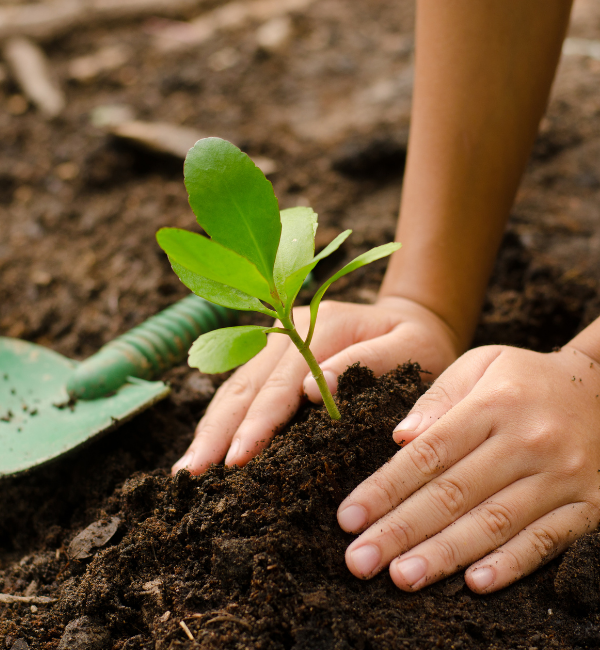
Fish Population Game
How can we make sure that we will always have fish in our rivers, lakes, streams and ponds? In this game, participants learn about some of the factors that affect their local fish populations and solutions to help stabilize the populations.

Let's Talk Garbage Pollution
In this workshop, participants will learn about the effect that landfills have on the environment and how landfills contribute to climate change.

Oil Spill
Students learn about animals in water, human impacts, and are given materials to attempt to clean up a cooking oil spill.

Earthquake!
Dive into plate tectonics and learn how to build a structure that can withstand multiple levels of earthquakes!

Buzzing Bees: Exploring Pollination - Climate Extensions
This is a fun, interactive activity to help participants understand the process of cross-pollination! This activity includes optional extensions that explore the impact of climate change on bees.

Balloon Greenhouse
This is a fun, simple activity to help students understand how plants grow in a greenhouse.

Guess Who? Animal Sounds
Learn about Canadian animals and the sounds they make.

H2WOAH Clouds - Climate Change Extensions
Youth explore the water cycle by creating their own rain clouds. In the optional extensions, youth will learn how climate change affects the water cycle and discuss ways to lower their impact on the environment.

Storytime - The Greenhouse Effect
This workshop consists of two parts: a reading of the "Polar Bear, Why is Your World Melting?" by Robert E. Wells followed by a hands-on activity. Using some very ordinary items at home, we're going to learn about the greenhouse effect.

Storytime - Pollution We Can and Can't See
This workshop consists of two parts: a reading of the "An Earth Bot’s Guide to Plastic Pollution" by Russel Ayto followed by the hands-on activity. Using some very ordinary items at home, we're going to learn about the pollution we can and can’t see.

Storytime - Pollution in Plants
This workshop consists of two parts: a reading of the "The Last Tree" by Maria Quintana Silva and Silvia Alvarez followed by the hands-on activity. Using some very ordinary items at home, we're going to learn how plants are important in the fight against climate change as they help absorb pollution from the environment to keep it safe and clean.

Storytime - Trouble-to-Toys
This workshop consists of two parts: a reading of the "When the Earth Shook" by Lisa Lucas followed by a hands-on activity called Trouble-to-Toys. Using some very ordinary items at home, we're going to learn about how they can create a toy out of recycled items.

Trees for Tomorrow
In this workshop, students will explore what makes up a healthy forest, and how tree and soil health is important for sustaining ecosystems. Students will consider how human actions affect forests, and how forests are important in combatting climate change. Discussions will focus on positive actionable steps students can take to protect plant and soil health in their communities.

Sparky McCloud's Day Off
Extreme weather occurs in many wild ways, which is affected by climate change! This workshop explores these implications.

Beaver Dam and Lodge Activity
Students build a beaver dam and lodge to understand what stable structures are and then they test their structure by placing a load on it - something heavy like a brick - and see if the force will make the structure collapse.